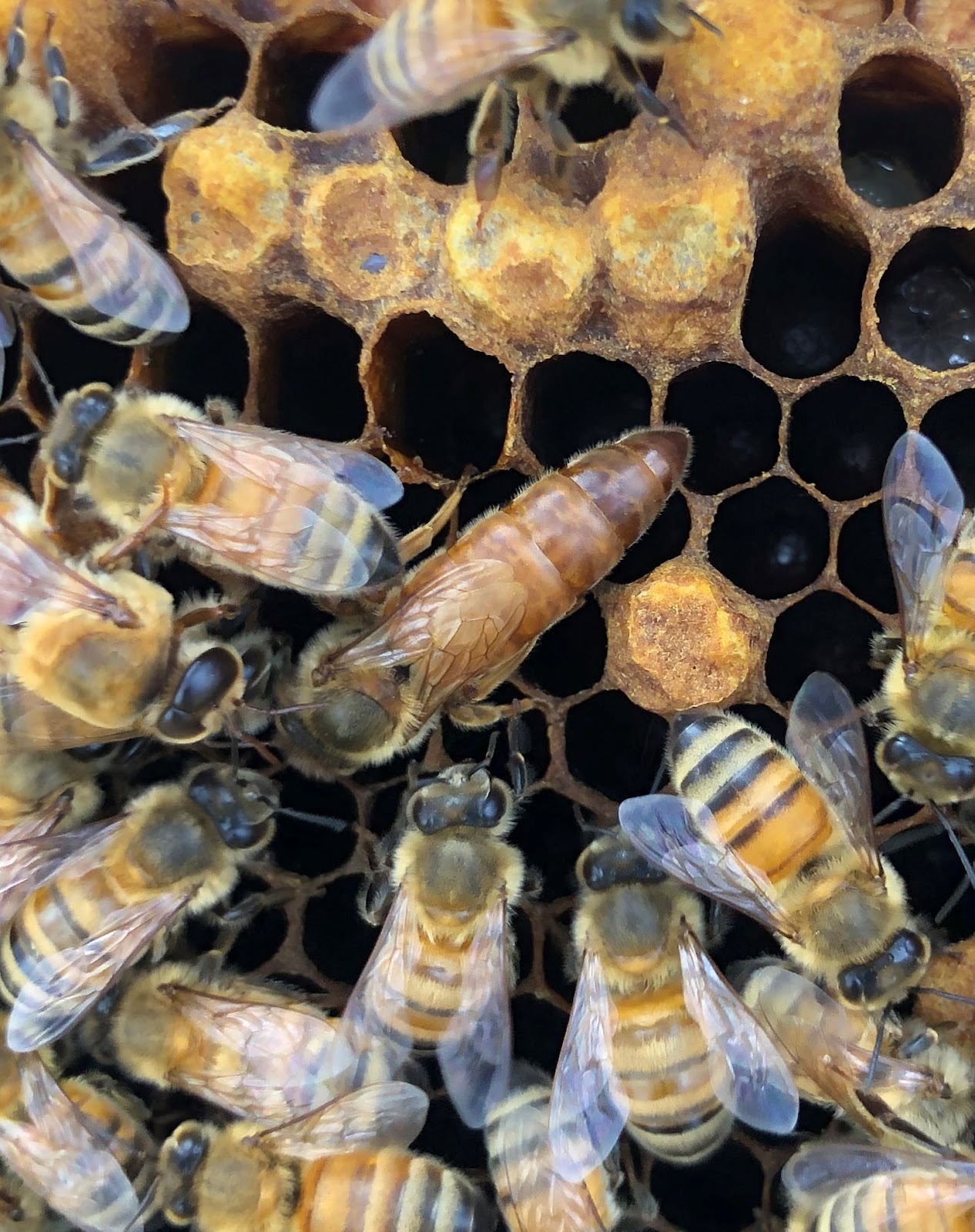Hey everyone! Today, we’re diving into a fascinating topic that’s all about our buzzing friends—the bees! Even though these little creatures might seem insignificant, they play a crucial role in our environment, especially when it comes to pollination. This post will explore how bees manage to survive through the cold winter months and the ways we can lend them a helping hand. Let’s embrace their resilience and learn how we can protect these vital partners in nature.
The Overwintering Strategies of Bees
Did you know that bees have some impressive survival tactics when the temperatures drop? These amazing insects can withstand the harshest of winters by clustering together to create heat. When the weather gets chilly, honeybees will gather in a tight circle inside their hive, vibrating their bodies to generate warmth.
 What We Can Do to Help
What We Can Do to Help
While bees are quite capable, they need our support to thrive. Here are a few simple ways we can pitch in to ensure their survival:
- Plant bee-friendly flowers: Go for native plants that bloom at different times to provide food throughout the seasons.
- Avoid pesticides: Chemical treatments can be harmful to bees, so consider organic options for your gardens.
- Provide water sources: Install shallow water dishes with pebbles to give bees a place to drink safely.
- Create nesting habitats: Leave some areas of your garden a little wild so bees can find natural nesting spots.
Recipe: Pollinator-Friendly Wildflower Garden
Let’s get creative and cultivate our very own garden that welcomes bees! Here’s how you can get started:
Ingredients:
- A variety of bee-friendly wildflower seeds (like clover, sunflowers, and lavender)
- Rich, well-draining soil
- Watering can or hose
- Sunlight (at least 6 hours of direct sunlight a day)
Instructions:
- Choose a sunny spot in your yard or garden. Clear the area of any weeds and debris.
- Loosen the soil with a rake to prepare it for planting.
- Sow your wildflower seeds according to the directions on their packets, mixing them for a delightful patchwork look.
- Water the area gently but thoroughly to help the seeds settle in.
- Keep an eye on your little patch of paradise, giving it water as needed while the flowers grow.
By planting a pollinator-friendly garden, you’re not only beautifying your space but also helping the bee population thrive! Let’s honor our buzzing friends by supporting their survival. Together, we can make a difference in our ecosystem, one flower at a time.
honey bee winter feed
 source = engagement.source.colostate.edu
source = engagement.source.colostate.edu